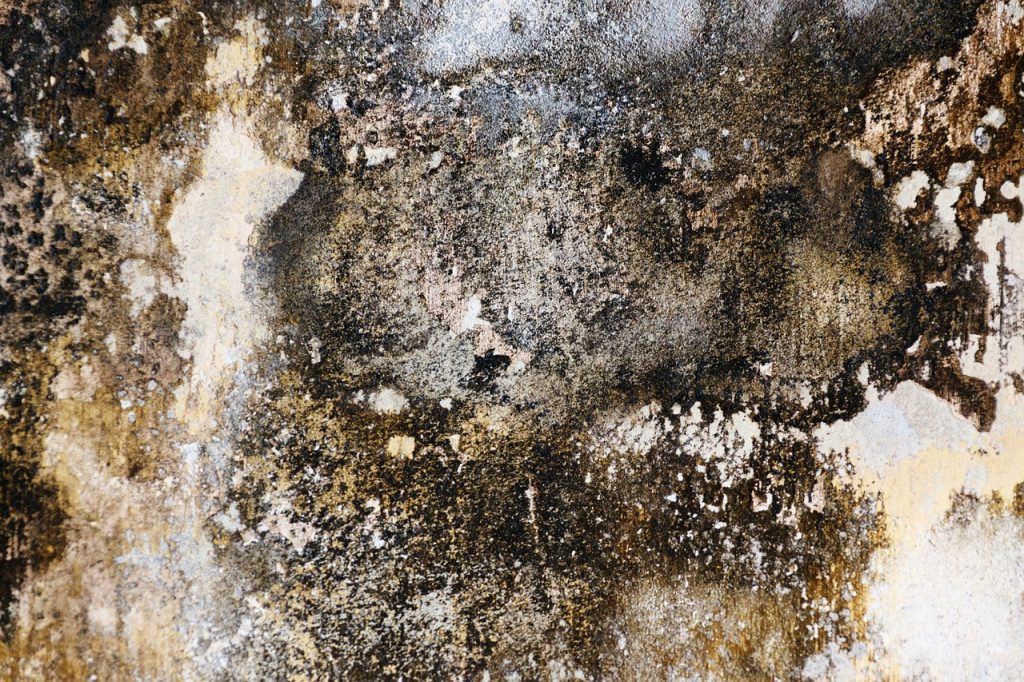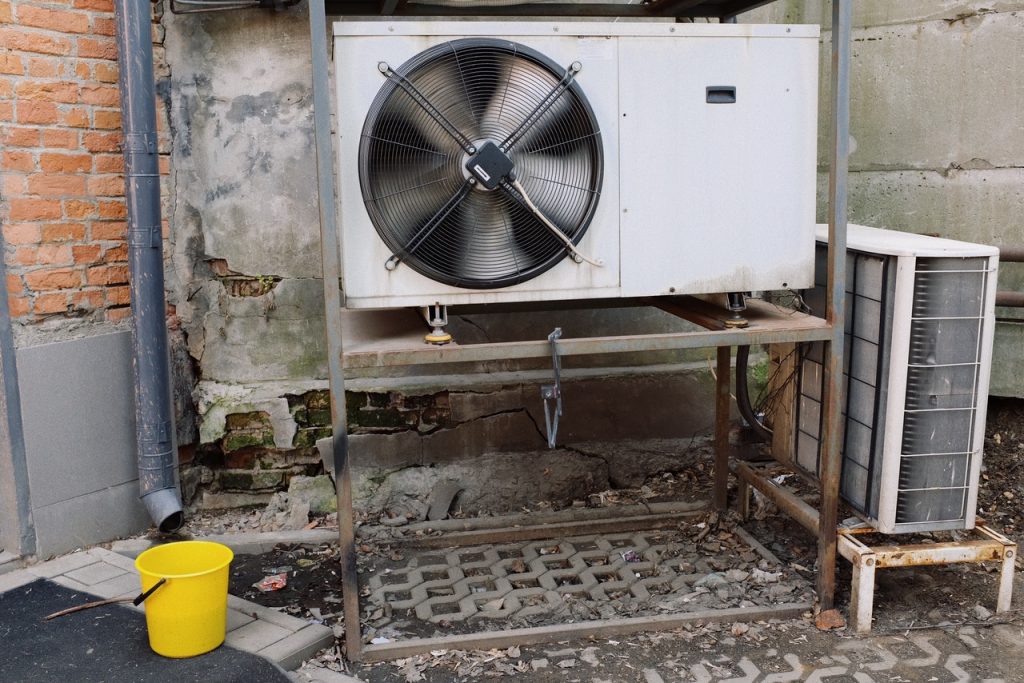Stachybotrus chartarum or “black mold” is a greenish-black mold that grows as a result of prolonged moisture exposure. Air vents and duct work are prone to condensation and engender the ideal conditions for the growth of this mold.
There is currently no test that proves an association with black mold and a specific health symptom. Most “black mold” found in air vents is usually not Stachybotrys chararum as different species of mold can also be black in color. Stachybotrys chartarum will typically grow on water-laden gypsum board, or structural wood rather than on metal vents and duct-work.
Before treating the black mold in your air vents, it’s important to understand what black mold is and the conditions by which it grows. Remember, “black mold” is nomenclature for Stachybotrys chararum, other species of mold can also manifest themselves as black.
What is Black Mold
Black mold is a species of mold known as Stachybotrys chartarum. While other species of mold can also be black, the term “black mold” or “toxic black mold” refers specifically to this species. This is due large in part to the history surrounding this mold.
In the 1990s, several children from Cleveland, Ohio developed pulmonary hemorrhage, or a bleeding in the lungs. An early analysis of these cases identified exposure to mycotoxins from Stachybotrys chartarum as a possible cause.

Upon further review of the analysis, the Centers for Disease Control and Prevention (CDC) found the early analysis to be inaccurate and the cause of the pulmonary hemorrhage was unknown. Later, the CDC noted that similar cases in Chicago were not associated with the mycotoxin mold exposure.
With that said, there is no scientific evidence that suggests that stachybotrys chartarum or “black mold” is more toxic or dangerous in comparison to any other mold species.
Stachybotrys chartarum is also rarely found in homes, let alone an air vent.
All molds require moisture (water), oxygen, and a nutrient source to grow. However, black mold requires a very high moisture content, low levels of nitrogen, low competition (from other species), ample fiber-rich material, and a lack of sunlight.
Common Mold Species Found in Air Vents
In most cases, the type of mold found in your air vents is not stachybotrys chartarum and is another species that’s black in color.
As detailed above, black mold thrives in conditions with substantial moisture content. Situations that result in excessive water content include water damage, flooding, condensation, as well as leaky pipes.
These types of molds are commonly found in air vents:
- Aspergillis – The most common type of indoor mold. There are over 200 species and they can take on various colors. For instance it can be grey or green on wooden surfaces but it’s black colonies are often confused with Stachybotrys.
- Ulocladium – This type of mold can vary in color from brown to gray, or even greenish-black like Stachybotrys. Similar to black mold, it requires a high water content and is usually an indicator of water damage.
- Cladosporium – This type of mold is also a common indoor mold. Cladsporium is usually greenish-black in color. It commonly grows as dots but can colonize and grow into large patches.
- Chaetomium – This type of mold is usually an indicator of water damage. It’s texture is cotton-like and over-time it changes color; white to grey to brown and eventually black. It also has a musty odor.
Why Does Mold Grow in Air Vents
Mold will be most noticeable near an air vent cover. It grows there because it has everything it needs in order to thrive:
- As warm humid air contacts the cold metal it condenses resulting in moisture accumulation.
- Dust also tends to accumulate on vent covers and inside duct-work. Dust is comprised primarily of organic matter which is a food source that mold can metabolize.
- Vents and duct-work also have oxygen and they lack sunlight.
Air vents are responsible for circulating air throughout your house. Mold spores are more affected by air-streams than gravity and as a result they’re carried through duct-work and land on air vents quite easily.
How to Prevent Mold in Air Vents

Mold growing in your air vents and duct-work are usually a result of excess moisture or because of lack of maintenance with your heating and cooling systems.
Dust on the air vents could also be an indication of mold in the furnace, the HVAC evaporator coils, or air handler. All of these appliances are responsible for circulation of heated and cooled air in your home.
Change the Filter
Furnaces and HVAC systems are designed to include air filtration systems. Most residential HVAC systems use filters that are rated on a system called MERV or minimum efficiency reporting value.
A MERV rating of 8 is recommended for mold spores. The filter is capable of filtering 70 – 85% of particles 3 to 10 microns in size. A typical mold spore is 1 – 30 microns.
HEPA or High Efficiency Particulate Air filters are used for situations that require better indoor air quality, like hospitals. HEPA filters are capable of trapping particles as small as 0.03 microns in size.
As you might expect, these filters lose efficiency as the dense fibers become packed with pollutants, like mold spores and their nutrients (dust and other organic materialsd). The frequency at which you change your air filter will change based on a number of factors like the type of filter, the size of your home, if you have pets, where you live, etc.If you’re already dealing with a mold issue, changing the filter every 30-60 days is recommended.
Uninsulated Air Ducts
Thermal insulation of air ducts minimizes energy loss and heat transfer. While heat loss is expected and inevitable, insulation helps to cut costs.
Insulating ducts also helps to minimize condensation issues and moisture build-up. As we learned above, cool air passing through warm environments results in condensation. Mold grows as a result of high water content.
Fiberglass is the most popular material used to insulate heating and cooling ducts. However, the type of insulation you use will depend on the size and shape of your duct as well as your budget constraints.





Hi, I'm Dom
Dom Eats was started to help other people fall in love with food. While cooking can feel intimidating, it doesn't have to be.